Morning Eye Candy: Well-Worn Paths
Posted in Around the Garden, Photography on June 6 2013, by Matt Newman
We’re covering Thoreau’s seasons at a lightning pace.
Photo by Ivo M. Vermeulen

Inside The New York Botanical Garden
Posted in Around the Garden, Photography on June 6 2013, by Matt Newman
We’re covering Thoreau’s seasons at a lightning pace.
Photo by Ivo M. Vermeulen
Posted in Science on June 5 2013, by Carol Gracie
After spending nearly three decades at the NYBG, and working much of that time in South American rainforests with her husband, Scott A. Mori, Carol Gracie has returned to one of her first botanical interests–local wildflowers. She is the author of Spring Wildflowers of the Northeast: A Natural History and coauthor (with Steve Clemants) of Wildflowers in the Field and Forest: A Field Guide to the Northeastern United States.
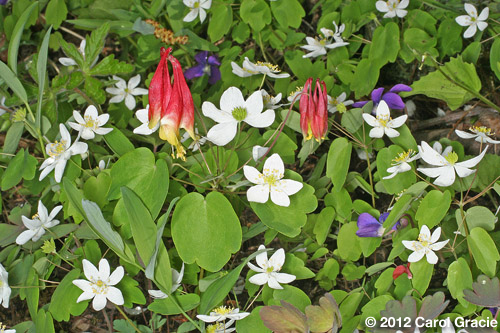
Columbine, with its nectar-filled red spurs, blooms just at the time that hummingbirds are returning from their winter sojourns south of the border—or is it the other way around? Do hummingbirds return just when the columbine begins to flower? From either viewpoint, it is clear that these two species have coevolved to synchronize their arrival in spring.
Hummingbirds need a plentiful source of nectar to provide the energy required for their frenetic life style. In return they incidentally transport pollen from one flower to the next ensuring that the columbine will be fertilized and set seed, thus perpetuating the species. Some hummingbirds will become summer residents here, while others will continue their northward migration as far as Canada, following the columbine bloom north.
Posted in Photography on June 5 2013, by Ann Rafalko
Long before the Age of Aquarius, some of the heritage roses currently in bloom in the Peggy Rockefeller Rose Garden were anticipating a dubious fashion trend.
Hybrid Perpetual rose ‘Roger Lambelin’ Introduced in 1890 (photo by Ivo M. Vermeulen)
Posted in Adult Education on June 4 2013, by Lansing Moore
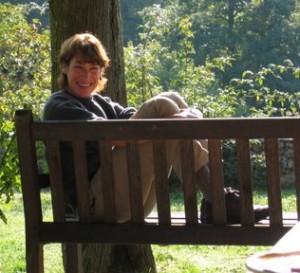 This month we feature Elaine Yellen, a Westchester-based landscape designer and NYBG graduate who now runs her own firm in Scarsdale, where she continues to build upon her Garden education.
This month we feature Elaine Yellen, a Westchester-based landscape designer and NYBG graduate who now runs her own firm in Scarsdale, where she continues to build upon her Garden education.
“I completed the Horticulture Program and the Landscape Design Program,” Elaine said. “Both provided essential preparation that let me feel like a true professional when I presented myself to clients as an expert in my field. Many of my teachers were working professionals and were so helpful in all aspects of project design and implementation. They were always very generous with advice to a budding designer.”
Elaine first came to the NYBG because she wanted to turn her love of gardening into a profession: “It was my creative outlet… so I decided to study it formally and see where that would lead.” In addition to many residential projects in lower Westchester, local golfers might be familiar with her work for clubs and courses such as Winged Foot, Brae Burn, Fenway, Sunningdale, Fairview, and Scarsdale.
Posted in Photography on June 4 2013, by Ann Rafalko
Some of the heritage roses in the Peggy Rockefeller Rose Garden are simple, and others are ornate and frilly!
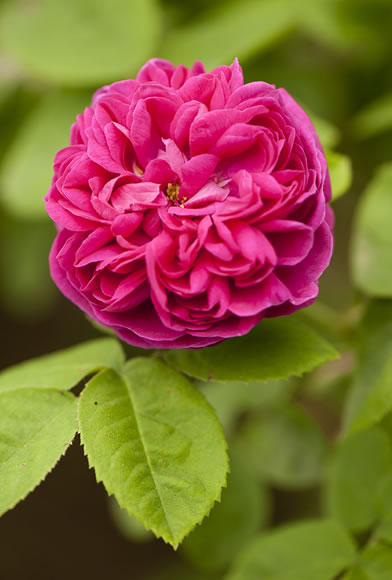
Portland rose ‘Rose de Rescht’ Introduced in 1840 (photo by Ivo M. Vermeulen)
Posted in Programs and Events on June 3 2013, by Matt Newman
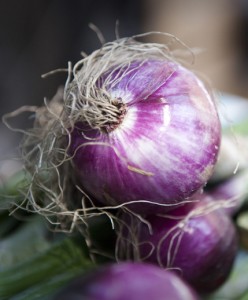 Don’t mourn spring for too long! Even if those idyllic daytime temperatures came and went like an afterthought, what follows is that much better: summer, and all the delectable eats that tank-tops-and-flip-flops weather brings along with it. Spring’s fruit and vegetable plantings are teetering on the edge of the first harvest (I know, where did the time go?) in the Ruth Rea Howell Family Garden, and naturally that can only point to cookouts in our future. But we’re not about to settle for half measures when it comes to the tastes of the warmer months. With Mario Batali back in our corner for another round of edible outdoor adventures, how could we?
Don’t mourn spring for too long! Even if those idyllic daytime temperatures came and went like an afterthought, what follows is that much better: summer, and all the delectable eats that tank-tops-and-flip-flops weather brings along with it. Spring’s fruit and vegetable plantings are teetering on the edge of the first harvest (I know, where did the time go?) in the Ruth Rea Howell Family Garden, and naturally that can only point to cookouts in our future. But we’re not about to settle for half measures when it comes to the tastes of the warmer months. With Mario Batali back in our corner for another round of edible outdoor adventures, how could we?
This year’s Edible Academy Family Picnic brings the maestro of all things culinary back to The New York Botanical Garden for an exclusive evening dining experience, complete with a seasonal cooking demonstration from the chef himself. That’s in addition to hands-on vegetable harvests in the Family Garden, tutorials for hopeful greenthumbs, tree climbing, and more than enough crafts and family activities to keep even the most tireless toddler happily occupied. It all begins at 4 p.m. on June 10, kicking off with a delicious picnic supper designed by Mario himself and enjoyed on the flowering Garden grounds. Afterwards, dig into the fun taking place in the Ruth Rea Howell Family Garden before joining Mario at 5:30 p.m. for a book signing, followed by his gourmet cooking demonstration alongside Daphne Oz, Mario’s co-host on ABC’s The Chew.
Posted in Science on June 3 2013, by Scott Mori
Scott A. Mori is the Nathaniel Lord Britton Curator of Botany at the The New York Botanical Garden. His research interests are the ecology, classification, and conservation of tropical rain forest trees. His most recent book is Tropical Plant Collecting: From the Field to the Internet.
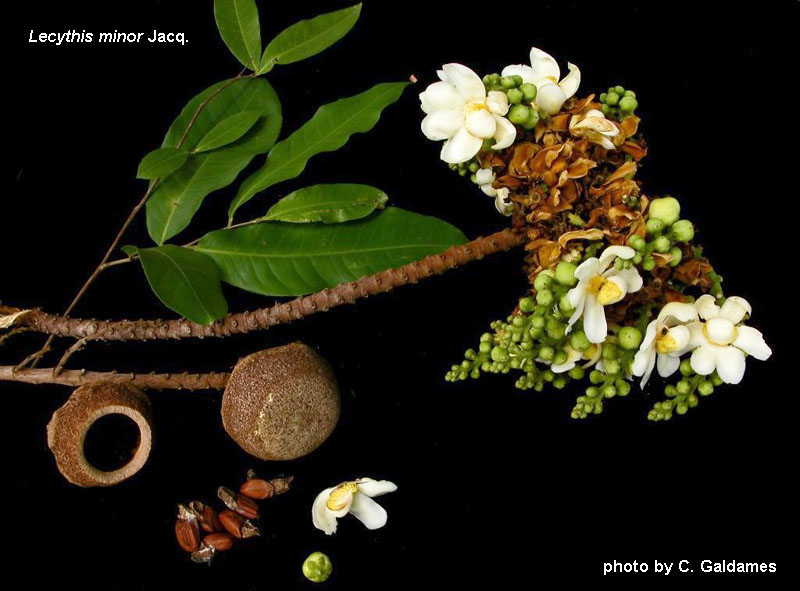
Memorizing scientific names can be an exasperating experience for nature lovers, especially when learning that those names occasionally change for complicated reasons. Last week I discussed the structure of scientific names based on the Linnaean binomial system. Now, I explain some of the most common ways scientific names change based on the law of priority, a rule stipulating that the first name validly published for a species is the correct name for it. Be aware that this may not be the most beginner-friendly topic, but it is integral to understanding the complex business of botanical nomenclature.
The rules of botanical nomenclatures are formalized in the International Code of Nomenclature (ICN), which is updated every five years at the International Botanical Congresses; the most recent such congress took place in Melbourne, Australia, in 2011. Although the ICN defines the rules for naming plants, it does not provide guidance for determining if a species is distinct from other published species, thus justifying a new name. The taxonomic validity of species is determined by reviewers of scientific papers in which names are either proposed or changed, as well as by the acceptance of the names by the scientific community in their scholarly works such as Floras.
Posted in Photography on June 3 2013, by Ann Rafalko
A rose may be a rose, but in the Peggy Rockefeller Rose Garden a heritage rose may smell all the more sweet.
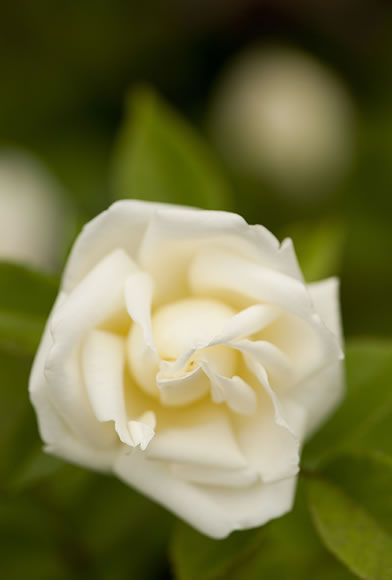
China rose ‘Ducher’ Hybridized by Ducher in 1869 (photo by Ivo M. Vermeulen)
Posted in Photography on June 2 2013, by Ann Rafalko
The oldest of the heritage roses currently blooming in the Peggy Rockefeller Rose Garden that we will feature in this unofficial heritage rose appreciation week.
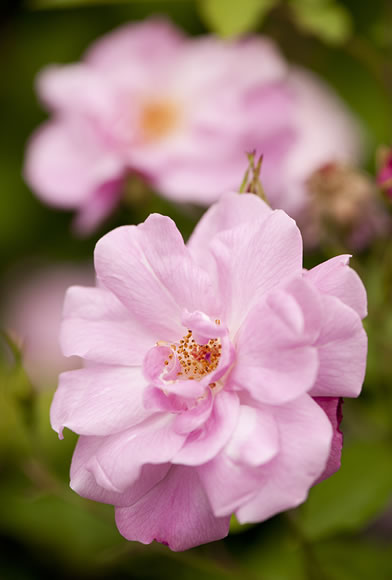
China rose ‘Old Blush’ Unknown hybridizer, before 1752 (photo by Ivo M. Vermeulen)
Posted in From the Library, Science on June 1 2013, by Anthony Kirchgessner
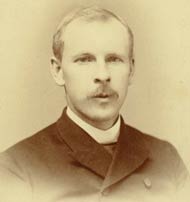
In 1921, when Henry Hurd Rusby was 65 years old, he embarked on his last field trip to South America as the Director of the Mulford Biological Exploration of the Amazon Basin. Professor of Botany and Materia Medica, and Dean of the College of Pharmacy at Columbia University, Rusby had much experience exploring in South America. The goal of the Mulford Biological Expedition was the discovery of plants with possible pharmaceutical properties.
A complete set of the botanical specimens from this expedition were deposited at The New York Botanical Garden’s Steere Herbarium. Other members of the expedition included Gordon MacCreagh, anthropologist and quartermaster of the expedition, who would later write a rather scathing and sarcastic account of the expedition in his book White Waters and Black; Dr. William M. Mann of the Smithsonian Institution; Dr. Orland Emile White of the Brooklyn Botanical Garden; Dr. Nathan E. Pearson of the University of Indiana; Walter Duval Brown; Frederick Ludwig Hoffman; G. S. McCarty; and Martín Cárdenas, at the time a botany student from Bolivia who would later go on to become Bolivia’s foremost botanist.